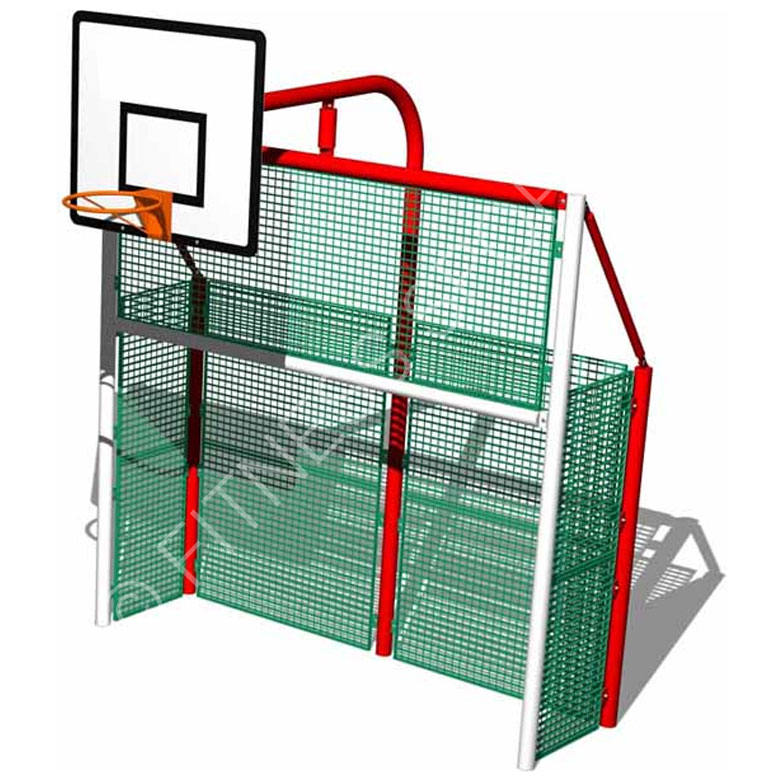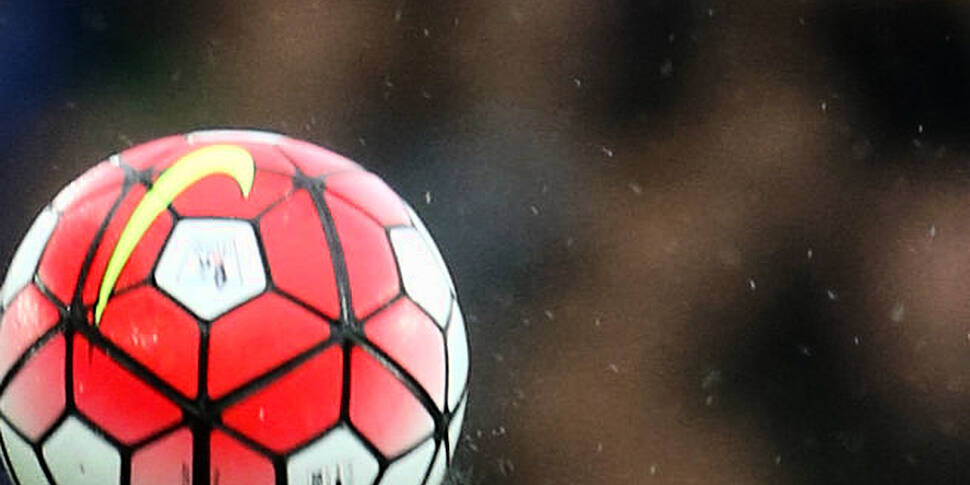

We won't list or detail every possible football infraction, but here are some of the more common football penalties:įalse Start: When a football player on the offense moves just prior to the snap. The team that did not commit the penalty has the right to decline the penalty. Also, pass interference can result in a penalty that matches the length of the intended pass. Most penalties are 5 or 10 yards, but some personal foul penalties result in 15 yards. The severity of the penalty determines the number of yards. Most football penalties result in a loss or gain of yardage depending on whether the penalty is against the offense or the defense. There are many rules and penalties that are enforced during a football game. Getting tackled in the end zone for a safety.Punting or kicking the football to the defensive team.Throwing the football to a defensive player for an interception.Fumbling or dropping the football and the defensive team recovers it.The offensive team can lose possession of the football by: The football play is over when 1) the player with the football is tackled or goes out of bounds 2) an incomplete pass 3) there is a score. The ball is advanced either by running with the football (called rushing) or passing the football. This is when the center passes the football between their legs to one of the offensive backs (usually the quarterback). Offensive plays on downs start with a snap. This is often done on 4th down, when the offense is outside of field goal range. In order to keep the other team from getting good field position the offense can punt (kick) the ball to the other team intentionally. If the offense does not get 10 yards in four plays, the other team gains possession of the football at the current line of scrimmage. Each time the offense is successful in advancing the ball 10 yards, they get four more downs or what is called a "first down". The down system: The offense must advance the ball at least 10 yards every four plays or downs. The defense tries to prevent the offense from scoring or advancing the football. The offense tries to advance the football on plays. The team with the possession of the football is called the offense. Further rules say that only the four backs and the players at each end of the line of scrimmage may catch a pass or run the football.

All of the offensive football players must be set, or still, prior to the play beginning with the exception of one of the four backs which may be moving parallel or away from the line of scrimmage. The other four players must be lined up at least one yard behind the line of scrimmage. Seven offensive players must be lined up on the line of scrimmage. The offensive players, however, have several rules that define their position and what role they may take in the offense. Although there are certain defensive positions that have become common over time, there are no specific rules defining defensive positions or roles. The defensive players may take any position they want and can move about their side of the football prior to the play without restriction. Each team must start a play on their side of the ball. Teams may substitute players between plays with no restrictions. The rules in football allow each team to have eleven players on the field at a time. To keep the game going at a good pace the offense has a limited time (called the play clock) between plays. time continues after a running play where the player was tackled in bounds, but stops on an incomplete pass). Time is counted while plays are running and sometimes between plays (i.e. The game is divided up into 4 periods or quarters with a long "half time" between the second and third quarter. The team with the most points at the end of the time period, wins the game. If any part of a player with the football touches outside the side lines or the end zone it is considered Out of Bounds.įootball is a timed sport. The ball must go between the uprights and over the crossbar. One way to score is to kick the football through the goal posts. There are also goal posts at the back of each football end zone. The position of the football that defines the sides of the ball is called the "line of scrimmage".

This ensures that the teams have space to line up on both sides of the football. The football is always placed on or between the hash marks at the start of each play. In parallel to the side lines are rows of hash marks. The middle yard line marker is called the 50 yard line.

The field is divided up every 5 yards by a yard line. The additional 10 yards at each end is the end zone. At each end of the field and 100 yards apart are the goal lines. The football field is 120 yards long and 53 ½ yards wide.


 0 kommentar(er)
0 kommentar(er)
